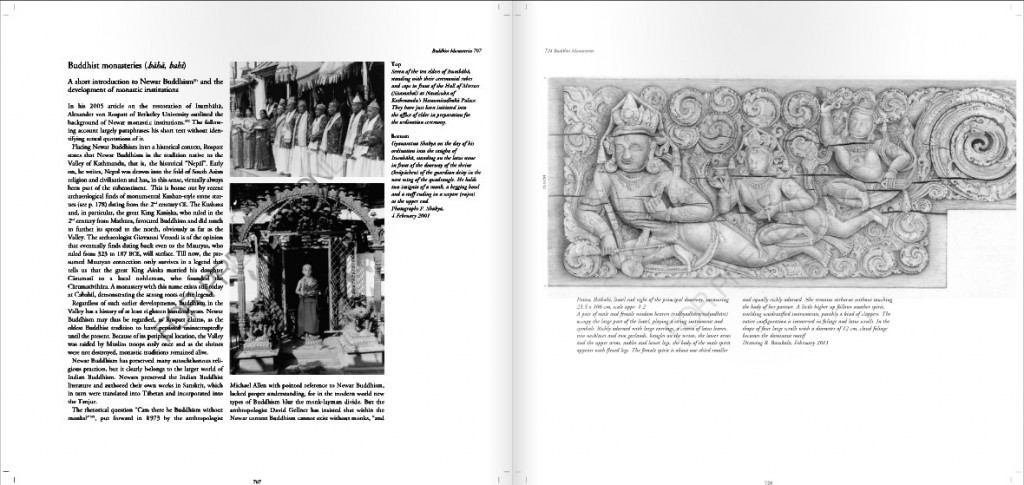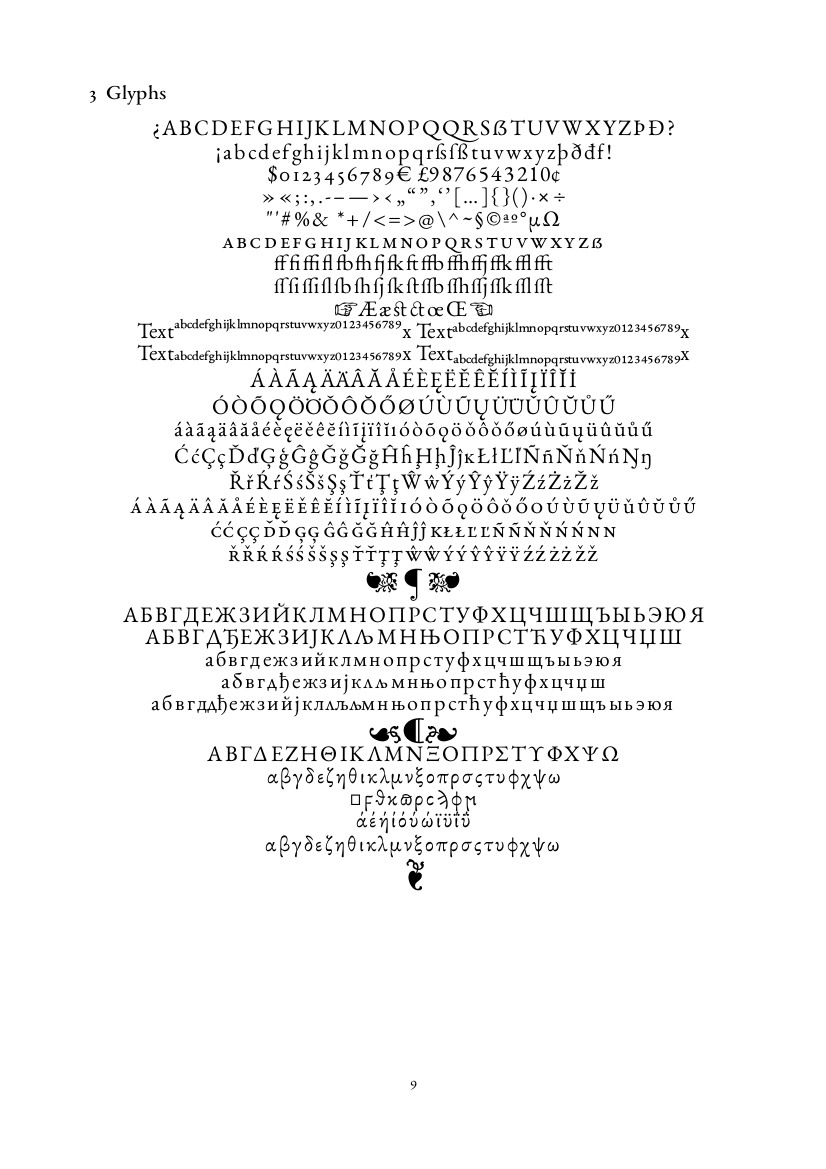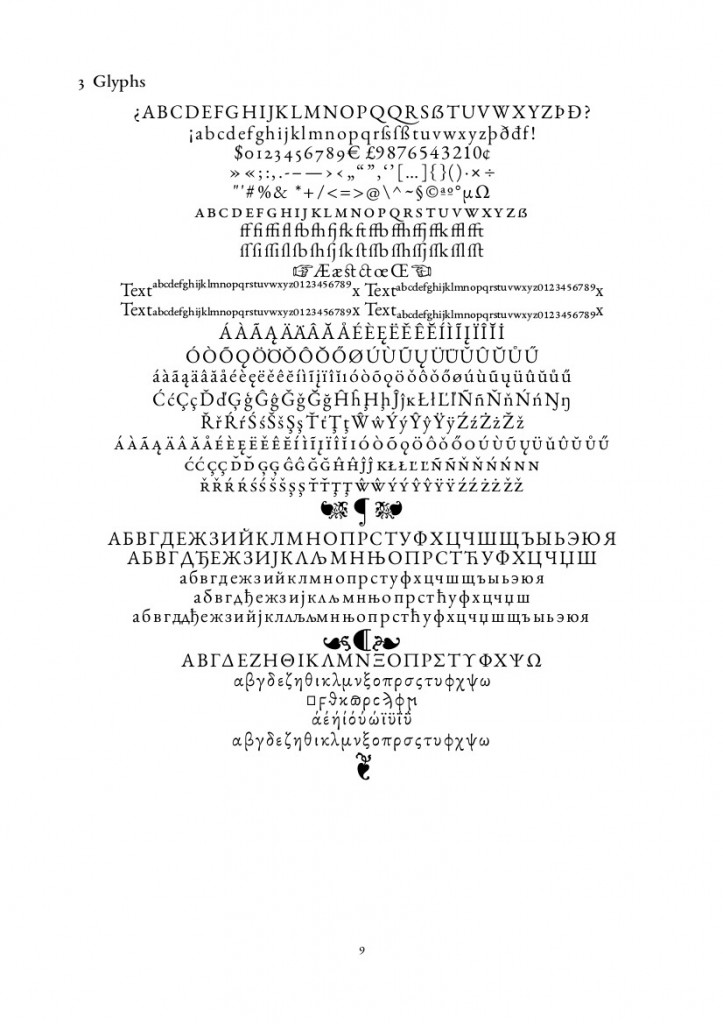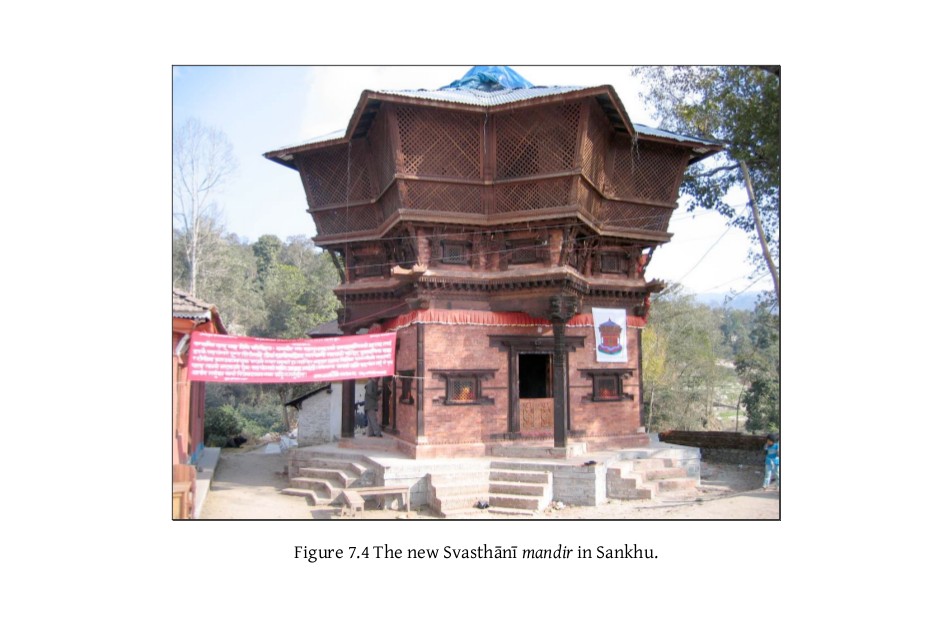DiValerio, David Michael. ‘Subversive Sainthood and Tantric Fundamentalism: An Historical Study of Tibet’s Holy Madmen’. Ph.D. diss., University of Virginia, 2011, 727 pp. ProQuest document ID: 2516363731.
From the Abstract
This dissertation is an historical study of Tibetan Buddhists generally referred to as “madmen” (smyon pa), whose “madness” carries a positive valuation more often than a negative one. Technically they are referred to as “mad siddhas” (grub thob smyon pa) or “mad yogis” (rnal ‘byor smyon pa). […] This study views this eccentric behavior as strategic, purposeful activity, rather than being the byproduct of a state of enlightenment. This study also considers how these holy madmen have been understood by Tibetans and Euro-Americans, with the purpose of highlighting certain lines of thinking that have become commonplace within those respective discourses.
This study takes into consideration “madmen” living from the 12th century to the present, but with a special focus on the three most famous exemplars of the tradition: Sangyé Gyeltsen (better known as the Madman of Tsang, 1452-1507), Drukpa Künlé (better known as the Madman of the Drukpa, 1455-1529?) and Künga Zangpo (better known as the Madman of Ü, 1458-1532).





